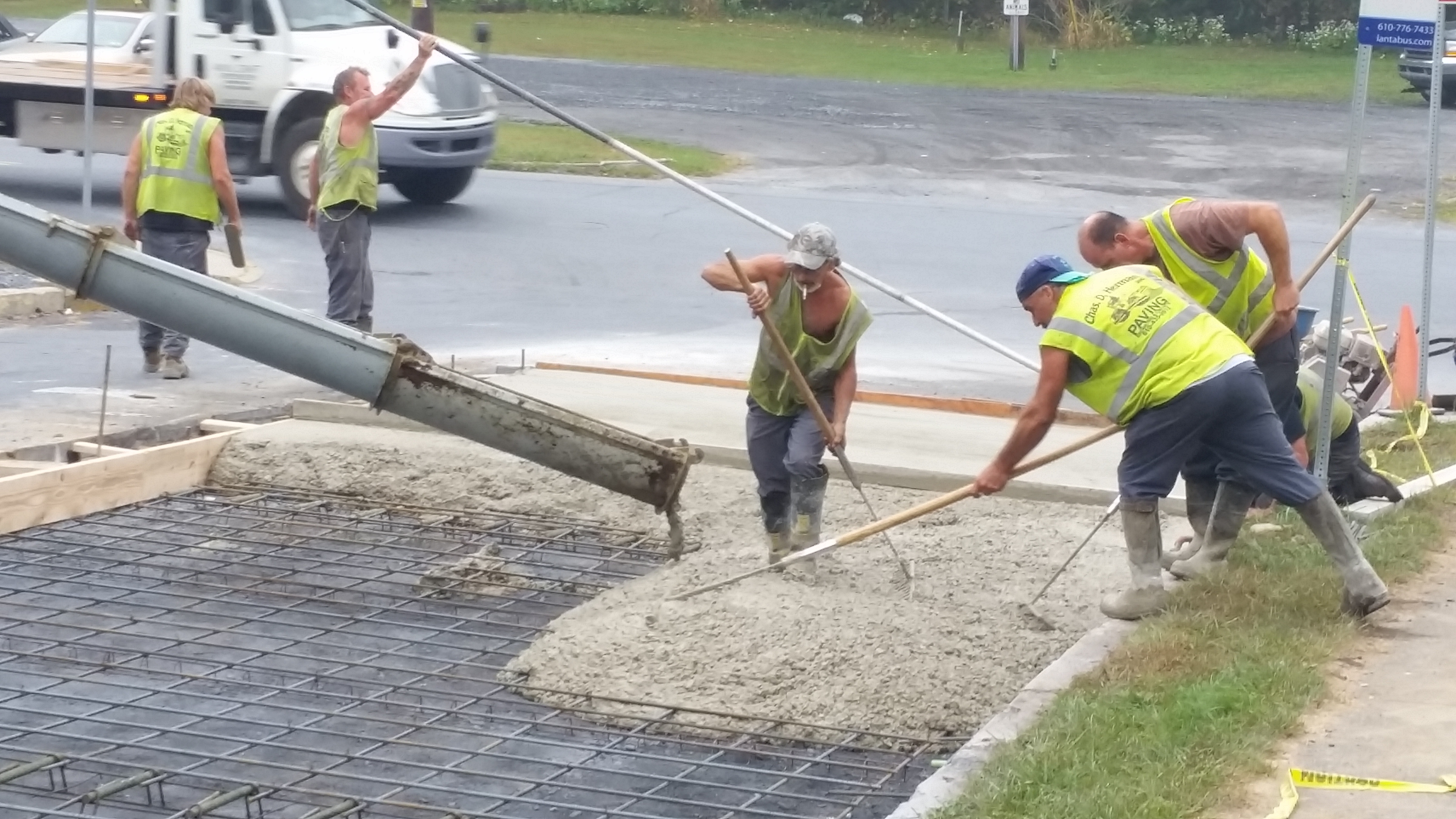Posted on March 23, 2023
In the second century A.D., Roman emperor Hadrian commissioned a temple dedicated to the gods. To this day, the Pantheon still possesses the largest unreinforced concrete dome in the world.
Long Lasting Roman Concrete
How do these ancient Roman concrete structures withstand the test of time? Well, superior engineering for one. For example, skilled artisans used lighter aggregates higher in the Pantheon's dome.
Roman seawalls owe their extreme longevity in part to their “self-healing” capacity. Exposure to seawater facilitated the continued growth of crystalline structures in the concrete. Researchers have also focused on volcanic ash as a secret to the durability of Roman concrete used throughout the empire. The ash came from Pozzuoli along the Bay of Naples.
Lime clasts may have also played a role. Lime clasts are millimeter-scale mineral features distributed throughout many Roman concretes. At first, researchers thought these lime clasts were nothing more than evidence of sloppy concrete mixing. However, this ran counter to the Romans’ heritage of engineering excellence. Now, a team of investigators from MIT, Harvard, Italy, and Switzerland believe that lime clasts were much more than that. They were in fact the secret to concrete’s capacity to self-heal.
The Romans’ multi-faceted success with concrete raises an inevitable question. Was their success fortuitous, or were their scientific and engineering skills that advanced? Other engineering triumphs like the aqueducts hint at superior knowledge and capabilities.
The Romans’ Secret: Lime Clasts
Lime clasts are a product of hot mixing calcium oxide, also known as quicklime and burnt lime. Hot mixing delivers two benefits. The high temperatures create compounds not present in traditional concrete. They also reduce curing times. During hot mixing, lime clasts develop a brittle nanoparticulate structure that's easily fractured. When cracking fractures lime clasts, they become a reactive source of calcium. Crystalline mineral deposits then fill the cracks.
Is hot-mixing with quicklime actually the key to self-healing concrete? Researchers tested the theory by using both ancient and modern formulations. They cracked concrete samples and ran water through them. Within two weeks, water flows ceased. By comparison, water continued to flow through cracked samples made without the quicklime.
Self-healing Concrete: Concept to Chemistry
Concrete’s relatively low tensile strength means that tiny cracks frequently occur. Cracks expand through moisture incursions and freeze/thaw cycles. Structural engineers must fortify buildings to account for this. Dealing with issues after they occur is problematic. Cracks on a bridge, for example, have to be identified, measured and prepared for the injection of a glue polymer that must cure. Cracks that already compromise strength call for more serious repairs.
Present-day concrete research seeks to mimic the Romans’ self-healing concrete via bacteria or chemical compounds. Like those ancient lime clasts, select materials activate when stressed. Self-healing concrete formulations are either biotic (bacterial) or abiotic (chemical).
The bacterial self-healing process is straightforward. When micro-cracks appear, water seeps into the cracks. Bacteria spores germinate and feed on calcium lactate, producing insoluble limestone. It hardens, filling cracks from within. there is no need for an external diagnosis or repair.
In one study, researchers used Bacillus licheniformis derived from agricultural soil. Researchers have also experimented with bacillus pseudofirmus, balodurans, cohnil, paterurizing, spaericus, and escherichia coli.
There are two methods of adding bacteria to concrete: direct and encapsulation. In the former, spores or a liquid bacterial concentrate get added directly to the mix. Encapsulation coats particles that get activated when cracks or other faults occur. Researchers have tried a wide range of encapsulation media, including graphite, iron oxide, and polymer. They have also tried melamine, rubber particles, cellulose fiber, perlite, biochar, and hydrogel. Encapsulation is tricky. To be effective, embedded capsules must survive the heat of early hydration. Then, they must endure the alkaline environment as time goes on.
For example, researchers immobilized bacteria inside a lightweight expanded clay aggregate (LECA). This protected against harsh concrete conditions. There was sufficient production of calcium carbonate to heal micro-cracks. In the specimen containing bacteria, compressive strength was 21% higher than that of ordinary concrete. Tensile strength was 32% greater.
Self-healing Concrete: Advantages
By tackling cracks in their infancy, self-healing concrete extends lifespans. Commercial enterprises and governments enjoy reduced maintenance costs. The higher compressive strengths of self-healing mixes also reduce the volume of concrete needed for a project. Less concrete means reduced emissions.
Self-healing formulations offer key advantages, longer lifespans and lighter weight structures among them. Together, these features can reduce CO2 emissions long term.
Self-healing Concrete: Disadvantages
Drawbacks include cost and the technical ability needed to mix the concrete. As with other novel mixes, self-healing formulations must be produced in greater quantities to reduce costs. At present, the cost of bacteria-infused concrete is many times higher than that of ordinary concrete.
Also, research tends to look at micro-cracks only. Self-healing concrete does not work when the “wound” is too great – that is, when a crack or fissure is too big.
The lack of standardized codes for self-healing concrete is also problematic. Decision makers may be reluctant to invest in more expensive cement mixes when they have to rely on the manufacturer’s claims only. Finally, designer and contractor awareness is still at an early stage. Some don’t specify it, and others don’t use it simply because they don’t know about it.
Nonetheless, innovation continues. To address the cost concern, for example, USC researchers took another approach. They developed engineered aggregates containing self-healing agents that are released when cracks occur.
About PACA
The Pennsylvania Aggregates and Concrete Association (PACA) reports on industry innovation through this website. We welcome questions about your current or upcoming concrete project. Please contact us at your convenience.

